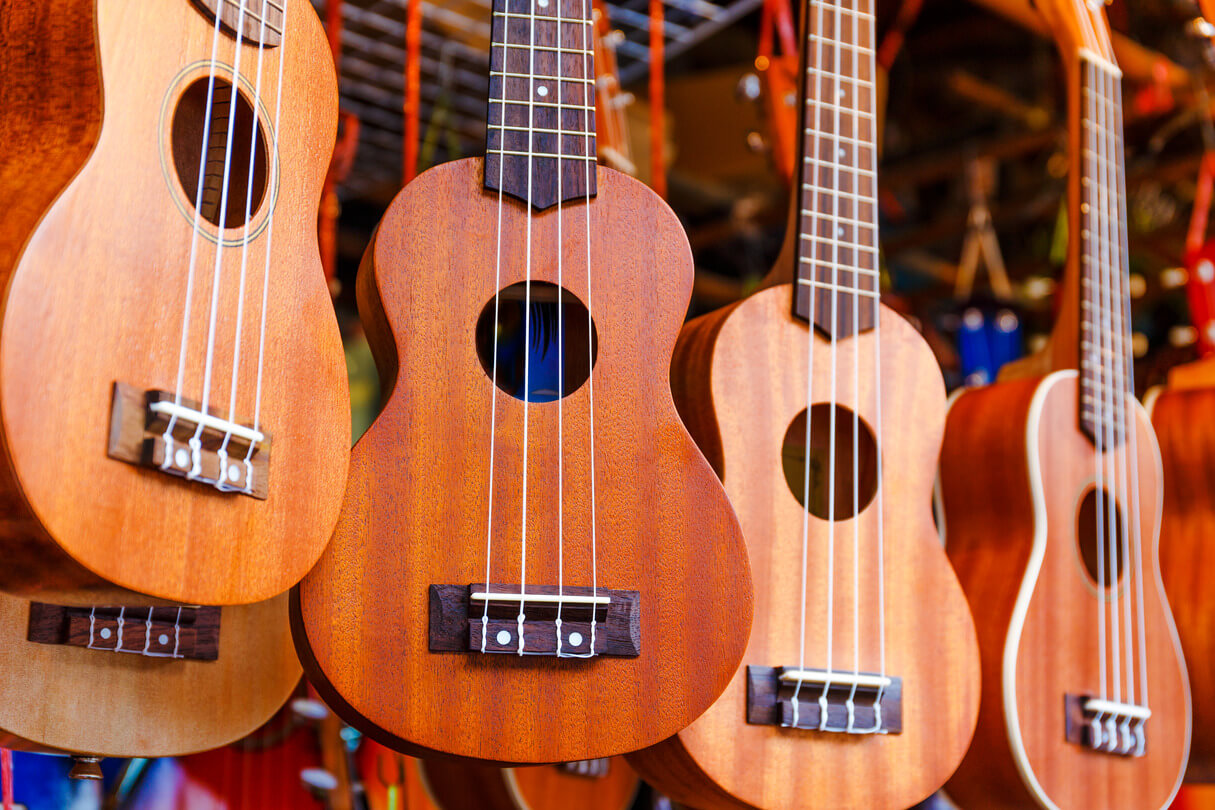The world of rock ‘n’ roll and musicians online is steeped in legends, and among the most iconic elements are the guitars that have defined the genre’s sound. These instruments, in the hands of talented and visionary musicians, have shaped the course of music history. In this article, we will take a journey through time to explore the legendary guitars and the remarkable men who wielded them, leaving an indelible mark on the world of rock ‘n’ roll.
- Jimi Hendrix and the Fender Stratocaster
Guitar: Fender Stratocaster
Legend: Jimi Hendrix
When you think of the Fender Stratocaster, one name immediately comes to mind: Jimi Hendrix a guitarist rockstar. Hendrix’s groundbreaking approach to the guitar included playing it upside down, stringing it in reverse, and experimenting with feedback and distortion. His Woodstock performance of “The Star-Spangled Banner” on a white Stratocaster is etched in rock history. - Chuck Berry and the Gibson ES-335
Guitar: Gibson ES-335
Legend: Chuck Berry
The Gibson ES-335 was the weapon of choice for Chuck Berry, often referred to as the “Father of Rock ‘n’ Roll.” His fiery guitar licks, combined with the ES-335’s semi-hollow body and rich tones, set the stage for rock guitar solos for generations to come. - Eric Clapton and “Blackie”
Guitar: Fender Stratocaster nicknamed “Blackie”
Legend: Eric Clapton
Eric Clapton’s “Blackie” was a custom-made Fender Stratocaster assembled from the parts of several vintage Strats. It became the quintessential blues-rock guitar, contributing to Clapton’s timeless hits and unforgettable solos. - Slash and the Gibson Les Paul
Guitar: Gibson Les Paul
Legend: SlashSlash
The iconic guitarist of Guns N’ Roses, made the Gibson Les Paul Standard his signature guitar. Known for its rich, thick tone, this instrument played a pivotal role in defining the hard rock sound of the ’80s and ’90s. - Jimmy Page and the Gibson Led Zeppelin “No. 1” Les Paul
Guitar: Gibson Les Paul “No. 1”
Legend: Jimmy PageJimmy Page’s “No. 1”
Gibson Les Paul is synonymous with Led Zeppelin‘s legendary performances. Its raw power and versatility made it the perfect companion for Page’s groundbreaking riffs and epic guitar solos. - Eddie Van Halen and the Frankenstrat
Guitar: Custom-built Frankenstrat
Legend: Eddie Van Halen
Eddie Van Halen’s custom-built Frankenstrat, characterized by its red, black, and white stripes, is as iconic as his groundbreaking guitar techniques. It revolutionized the world of rock guitar with its innovative use of the tremolo bar and hammer-on/pull-off techniques.
Conclusion
These legendary guitars and the virtuoso musicians who played them are inseparable from the history of rock ‘n’ roll. Each instrument, in the hands of these legends, contributed to the creation of timeless music and left an indelible mark on the hearts of fans worldwide. Their stories remind us that, in the world of rock ‘n’ roll, the connection between a musician and their guitar is a powerful force that can change the course of music history.


